Home>Gardening & Outdoor>Landscaping Ideas>When To Cut Grass After Fertilizing
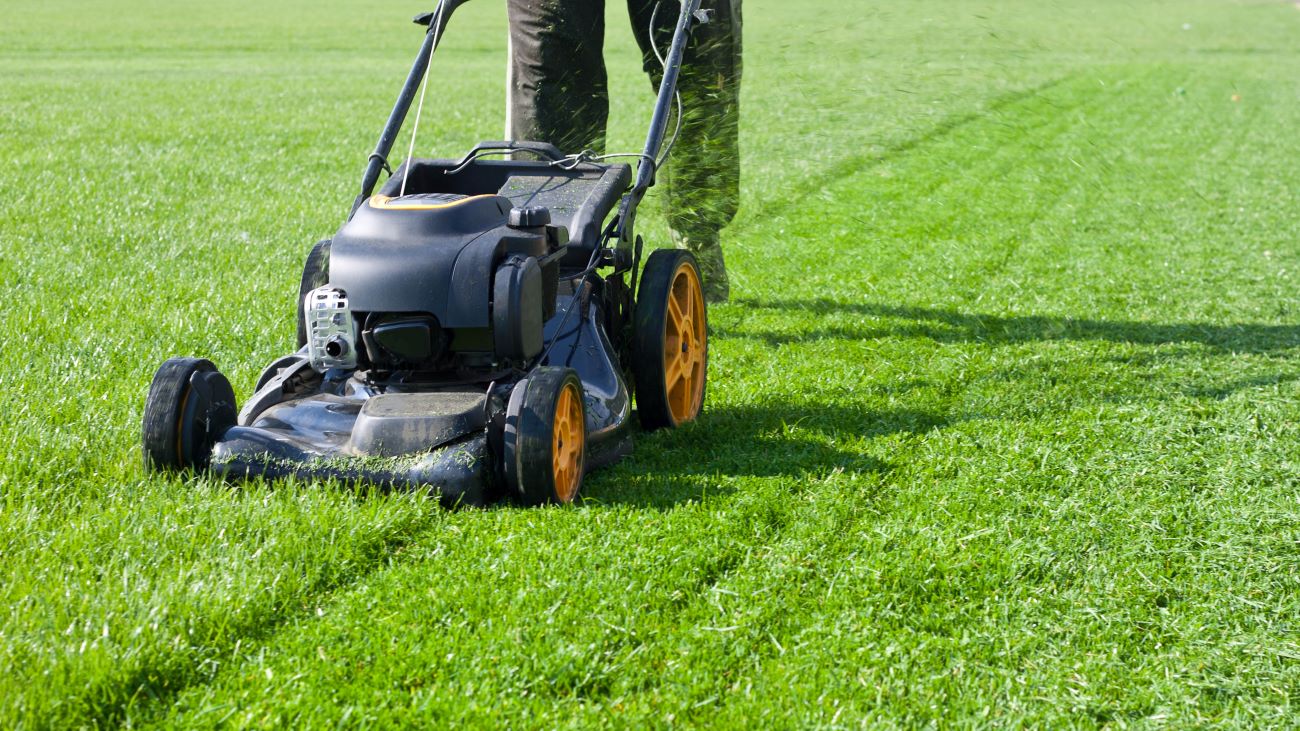

Landscaping Ideas
When To Cut Grass After Fertilizing
Modified: September 2, 2024
Learn the best time to cut grass after fertilizing for a healthy and lush lawn. Get expert landscaping ideas and tips for a well-maintained yard.
(Many of the links in this article redirect to a specific reviewed product. Your purchase of these products through affiliate links helps to generate commission for Storables.com, at no extra cost. Learn more)
Introduction
So, you've just fertilized your lawn and now you're wondering when it's safe to mow the grass without undoing all your hard work. It's a common question among homeowners who take pride in maintaining a lush, green lawn. The timing of mowing after fertilizing is crucial to ensure that your grass reaps the full benefits of the nutrients while avoiding potential damage.
In this article, we'll delve into the science behind grass growth and the impact of fertilizing on its development. We'll explore the optimal timing for mowing after fertilizing, taking into account various factors that can influence the outcome. By the end, you'll have a clear understanding of when to schedule your next mowing session to promote a healthy and vibrant lawn. So, let's roll up our sleeves and dig into the details!
Key Takeaways:
- Timing your lawn mowing after fertilizing is crucial for a healthy lawn. Wait 24-48 hours after fertilizing to let the grass absorb the nutrients effectively.
- Consider grass type, fertilizer type, weather, and mowing height when deciding when to mow after fertilizing. This helps maximize the benefits of both activities for a vibrant lawn.
Read more: When To Cut Grass After Winter
Understanding Grass Growth
Before we delve into the best time to mow after fertilizing, it’s essential to grasp the basics of grass growth. Grass, like all plants, undergoes a series of stages as it develops. Understanding these stages can provide valuable insights into the optimal timing for mowing after applying fertilizer.
Grass growth occurs in three primary phases: germination, active growth, and dormancy. During germination, the seed begins to sprout, sending tiny roots into the soil and pushing a shoot upward. Once the grass is established, it enters the active growth phase, during which it rapidly increases in height and density. This is the stage where the grass benefits the most from essential nutrients, such as those provided by fertilizers. Finally, as temperatures drop and daylight diminishes, many grass species enter a period of dormancy, conserving energy until conditions become favorable for growth again.
It’s important to note that different grass species have varying growth patterns and requirements. For instance, cool-season grasses, like Kentucky bluegrass and fescue, thrive in cooler temperatures and experience peak growth in spring and fall. In contrast, warm-season grasses, such as Bermuda grass and Zoysia grass, flourish in warmer climates and exhibit vigorous growth during the summer months. Understanding the growth tendencies of your specific grass type is crucial for making informed decisions regarding mowing and fertilization.
Now that we have a foundational understanding of grass growth, let’s explore how fertilizing influences this process and the subsequent implications for mowing.
Effects of Fertilizing on Grass
Fertilizing plays a pivotal role in nurturing healthy and robust grass growth. When applied correctly, fertilizers provide essential nutrients that support the development of strong roots, lush foliage, and overall resilience against environmental stressors. Understanding the specific effects of fertilizing on grass can shed light on the ideal timing for mowing after the application of these nutrients.
One of the primary benefits of fertilizing is its ability to promote vigorous leaf and stem growth. Nitrogen, a key component of most fertilizers, stimulates the production of chlorophyll, the pigment responsible for the vibrant green color of grass. This enhanced leaf growth not only contributes to a lush appearance but also aids in the grass’s ability to undergo photosynthesis, converting sunlight into energy for continued growth and vitality.
In addition to promoting above-ground growth, fertilizers also fortify the grass’s root system. Phosphorus, commonly found in fertilizers, is instrumental in root development, enabling the grass to establish a strong and extensive root network. This, in turn, enhances the plant’s ability to absorb water and nutrients from the soil, fostering resilience against drought and other environmental challenges.
Furthermore, fertilizers containing potassium contribute to the overall health and vigor of the grass. Potassium aids in stress tolerance, bolstering the grass’s ability to withstand temperature fluctuations, disease pressure, and foot traffic. By fortifying the grass at a cellular level, potassium promotes resilience and longevity, ensuring that the lawn remains lush and vibrant throughout the growing season.
It’s important to note that while fertilizers offer numerous benefits, excessive or untimely application can lead to detrimental effects. Over-fertilization can result in “burning” of the grass, causing yellowing or browning of the foliage due to an imbalance of nutrients. Understanding the appropriate dosage and timing for fertilizing is crucial to harness its positive effects while avoiding potential harm to the grass.
Now that we’ve explored the profound impact of fertilizing on grass, let’s pinpoint the best time to mow after applying these vital nutrients to maximize their benefits.
Wait at least 24 hours before cutting the grass after fertilizing. This allows the fertilizer to be absorbed by the grass and reduces the risk of it being washed away by mowing or rain.
Best Time to Cut Grass After Fertilizing
Timing your lawn mowing after fertilizing is a strategic decision that can significantly influence the health and appearance of your grass. To optimize the benefits of both activities, it’s essential to consider the growth patterns of your specific grass type, the type of fertilizer used, and the prevailing weather conditions. By aligning these factors, you can determine the best time to mow after fertilizing for optimal results.
As a general guideline, it’s advisable to wait approximately 24-48 hours after applying fertilizer before mowing your lawn. This waiting period allows the grass to absorb the nutrients effectively, maximizing their impact on growth and overall health. Mowing too soon after fertilizing can potentially diminish the benefits of the nutrients, as the grass may not have had ample time to fully utilize them.
However, it’s important to note that the specific waiting period may vary based on the type of fertilizer used. For instance, fast-release fertilizers are designed to deliver nutrients rapidly, necessitating a shorter waiting period before mowing. Conversely, slow-release fertilizers gradually release nutrients over an extended period, requiring a longer interval before mowing to ensure optimal absorption by the grass.
Furthermore, considering the weather conditions is crucial when determining the best time to mow after fertilizing. Ideally, it’s recommended to mow when the grass is dry to prevent clumping and ensure a clean, even cut. Additionally, mowing in the cooler hours of the day, such as the morning or late afternoon, can minimize stress on the grass and reduce the risk of moisture loss due to evaporation.
Another factor to consider is the height at which you mow the grass after fertilizing. It’s advisable to avoid cutting more than one-third of the grass blade’s length in a single mowing session. This practice, known as the “one-third rule,” helps maintain the grass’s vigor and minimizes stress on the plant. By adhering to this guideline, you can promote healthy regrowth and sustained nutrient absorption following fertilization.
By strategically timing your lawn mowing after fertilizing, you can harness the full potential of both activities, nurturing a vibrant and resilient lawn that enhances the beauty of your outdoor space.
Factors to Consider
When determining the optimal timing for mowing after fertilizing, several key factors should be taken into account to ensure the health and vitality of your lawn. By carefully considering these elements, you can make informed decisions that promote robust grass growth and long-term resilience.
- Grass Type: Different grass species have distinct growth patterns and requirements. Understanding the specific characteristics of your grass type, such as whether it is a cool-season or warm-season variety, can guide your approach to mowing after fertilizing. Cool-season grasses, for example, experience peak growth in spring and fall, while warm-season grasses thrive during the summer months.
- Fertilizer Type: The type of fertilizer used influences the timing of mowing after application. Fast-release fertilizers necessitate a shorter waiting period before mowing, while slow-release fertilizers require a longer interval to ensure optimal nutrient absorption by the grass.
- Weather Conditions: Consider the prevailing weather when scheduling your lawn mowing. Mowing when the grass is dry minimizes clumping and ensures a clean cut. Additionally, choosing cooler hours of the day reduces stress on the grass and minimizes moisture loss.
- Mowing Height: Adhering to the “one-third rule” when mowing after fertilizing is essential. Avoid cutting more than one-third of the grass blade’s length in a single session to maintain the grass’s vigor and support healthy regrowth.
- Soil Moisture: Assess the moisture levels in the soil before mowing. Mowing on overly wet soil can compact it and stress the grass, while mowing on excessively dry soil may hinder nutrient absorption. Optimal soil moisture promotes a favorable mowing experience and supports the grass’s overall health.
- Equipment Maintenance: Ensure that your lawn mower blades are sharp and properly adjusted. Dull blades can tear the grass, leading to a jagged cut that increases moisture loss and makes the grass more susceptible to disease and stress.
By carefully considering these factors, you can tailor your approach to mowing after fertilizing, nurturing a thriving lawn that enhances the beauty of your outdoor space while promoting the long-term health of your grass.
Read more: When To Cut Grass After Weed And Feed
Conclusion
As we’ve explored the intricacies of grass growth, the impact of fertilizing, and the optimal timing for mowing after applying nutrients, it’s evident that these elements are interconnected in shaping the health and appearance of your lawn. By understanding the specific needs of your grass, the type of fertilizer used, and the prevailing environmental conditions, you can make informed decisions that support robust growth and long-term resilience.
Timing your lawn mowing after fertilizing is a strategic endeavor that requires careful consideration of multiple factors. By allowing the grass adequate time to absorb the nutrients, choosing opportune weather conditions for mowing, and adhering to the “one-third rule” for mowing height, you can maximize the benefits of both fertilizing and mowing, nurturing a lush and vibrant lawn.
Furthermore, ongoing maintenance and attentive care, such as equipment upkeep and soil moisture management, are integral to sustaining the health and beauty of your grass. By incorporating these practices into your lawn care routine, you can create an outdoor oasis that enhances your home’s aesthetic appeal and provides a welcoming environment for leisure and relaxation.
Ultimately, the best time to cut grass after fertilizing is a harmonious blend of science, art, and attentive stewardship. By harmonizing these elements, you can cultivate a lawn that not only reflects your dedication to meticulous care but also serves as a testament to the enduring beauty of nature’s green tapestry.
So, as you step into your outdoor sanctuary, envision the possibilities that unfold when each blade of grass thrives under your thoughtful tending, creating a canvas of natural splendor that enriches your everyday experiences.
Frequently Asked Questions about When To Cut Grass After Fertilizing
Was this page helpful?
At Storables.com, we guarantee accurate and reliable information. Our content, validated by Expert Board Contributors, is crafted following stringent Editorial Policies. We're committed to providing you with well-researched, expert-backed insights for all your informational needs.
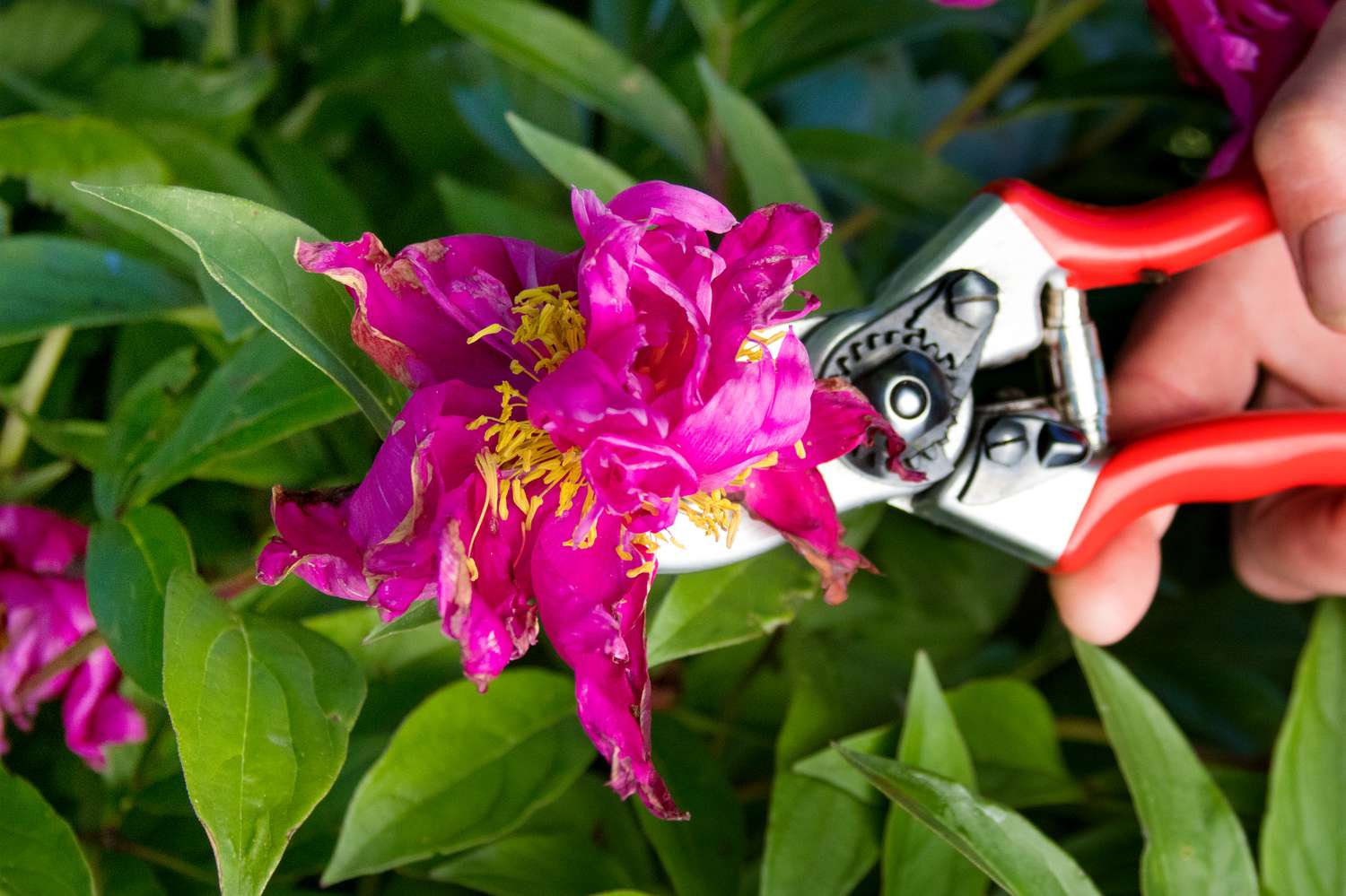
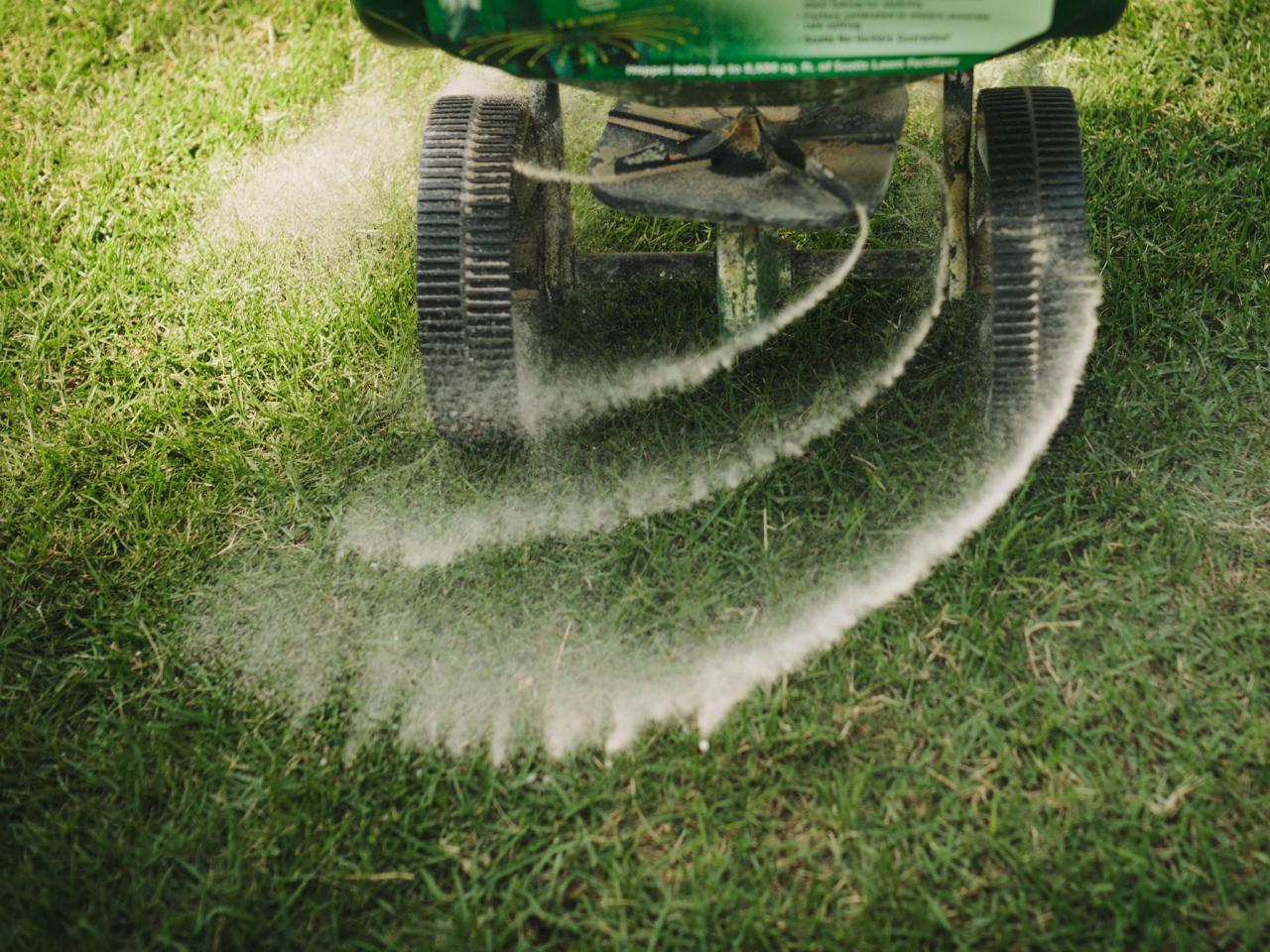
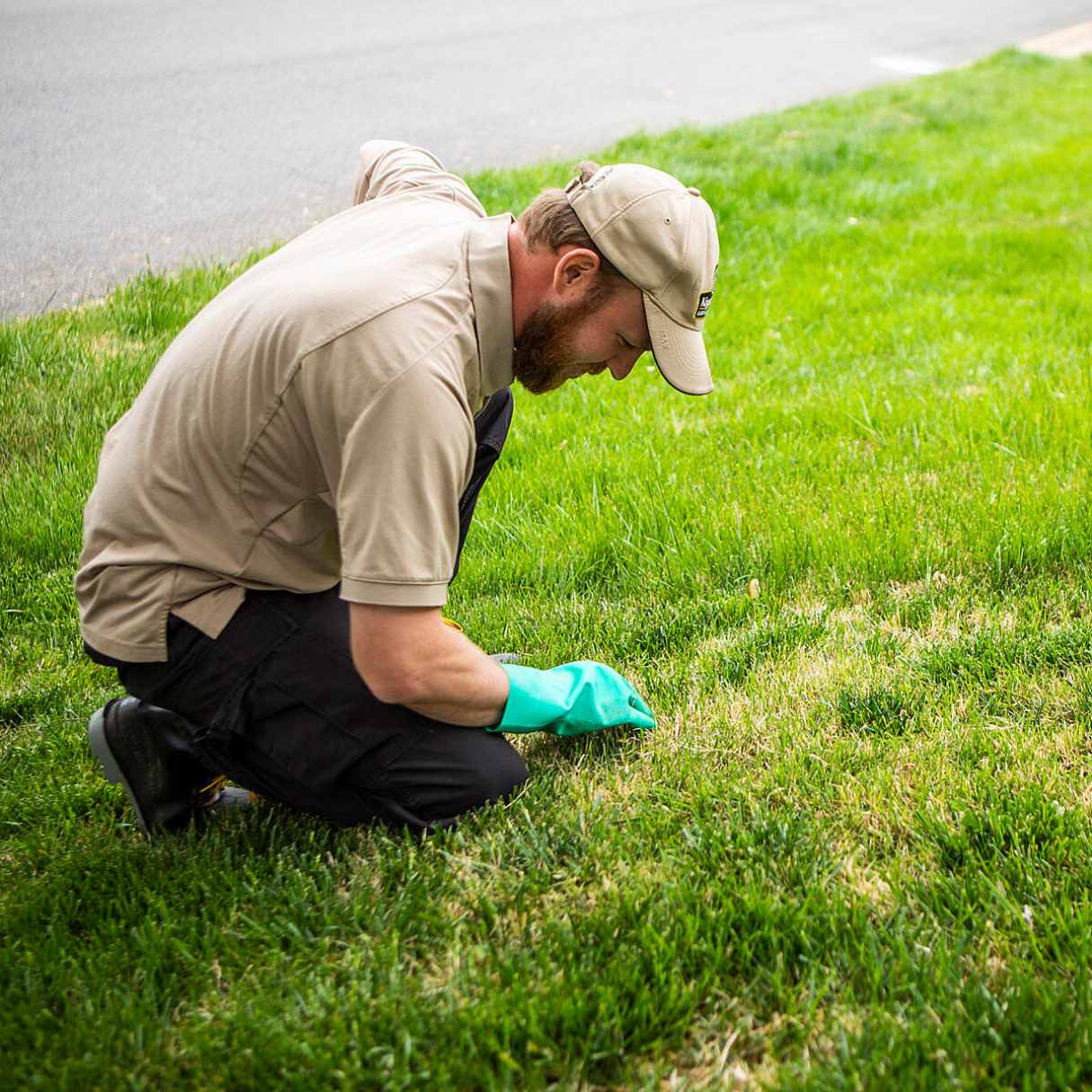
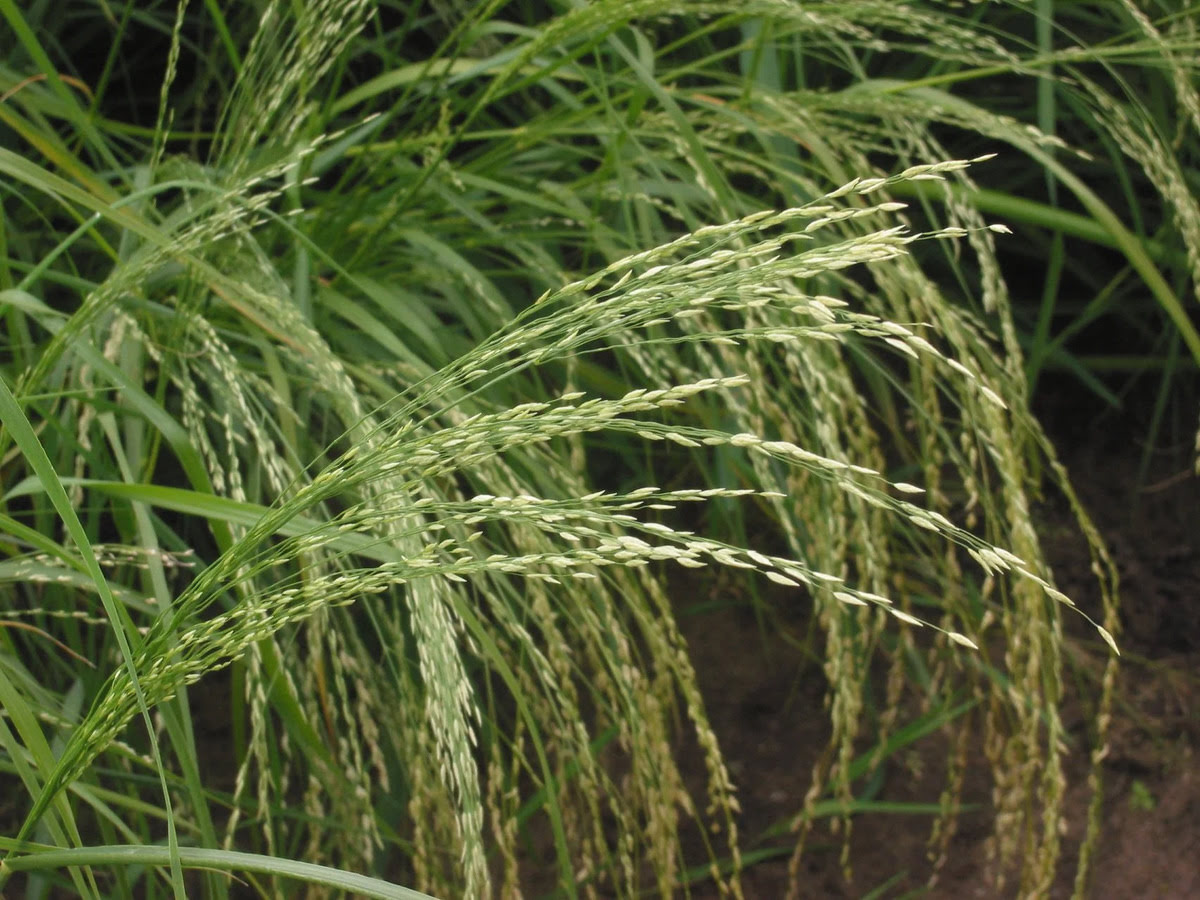
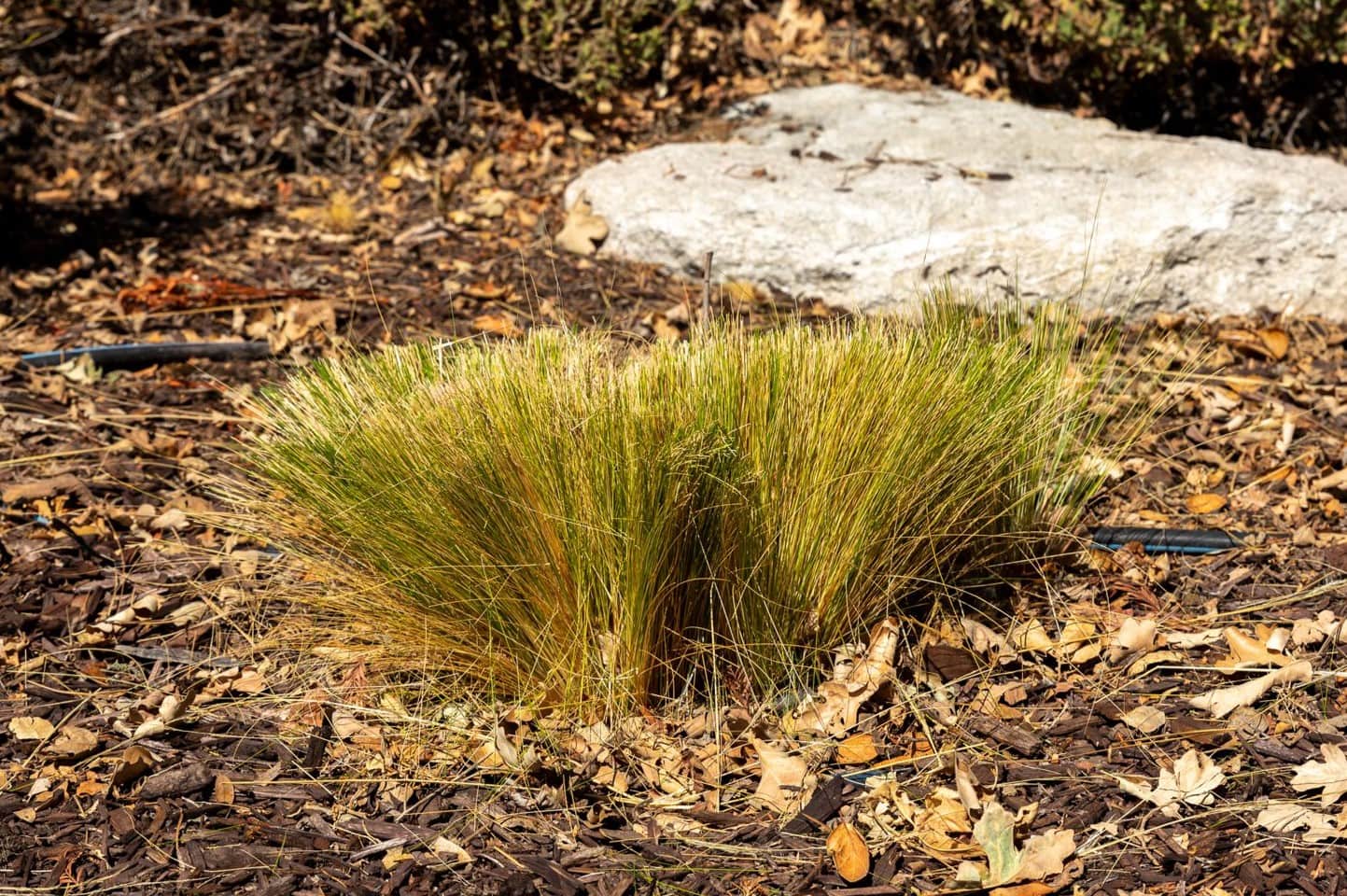
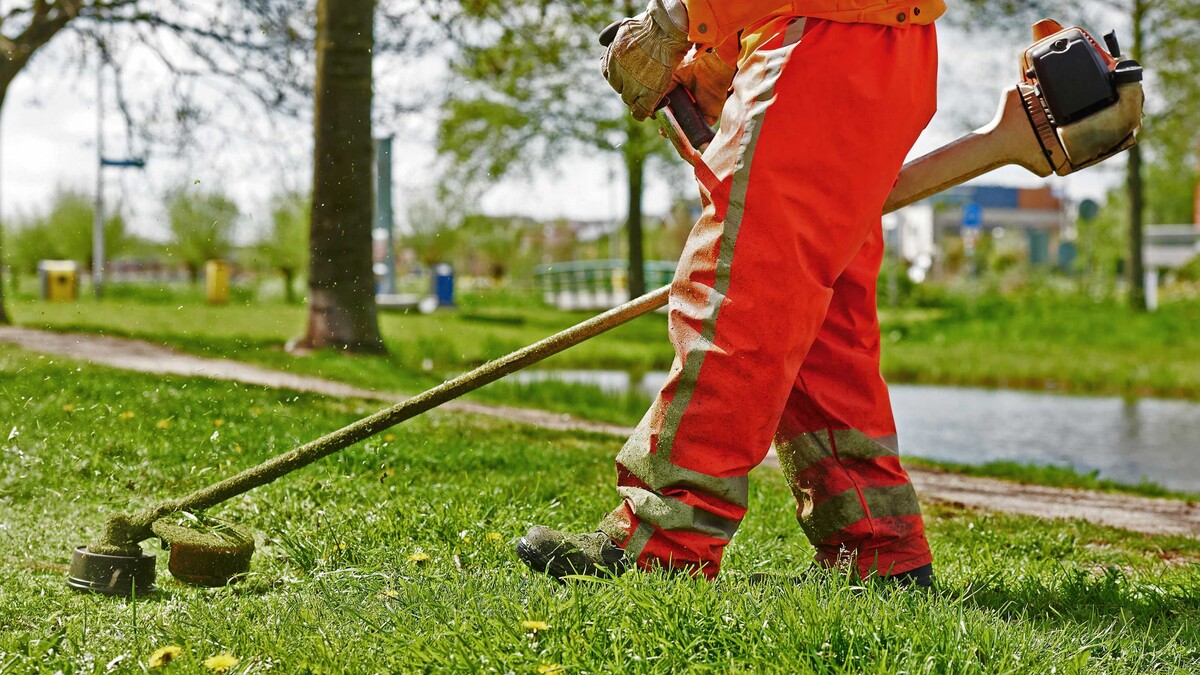
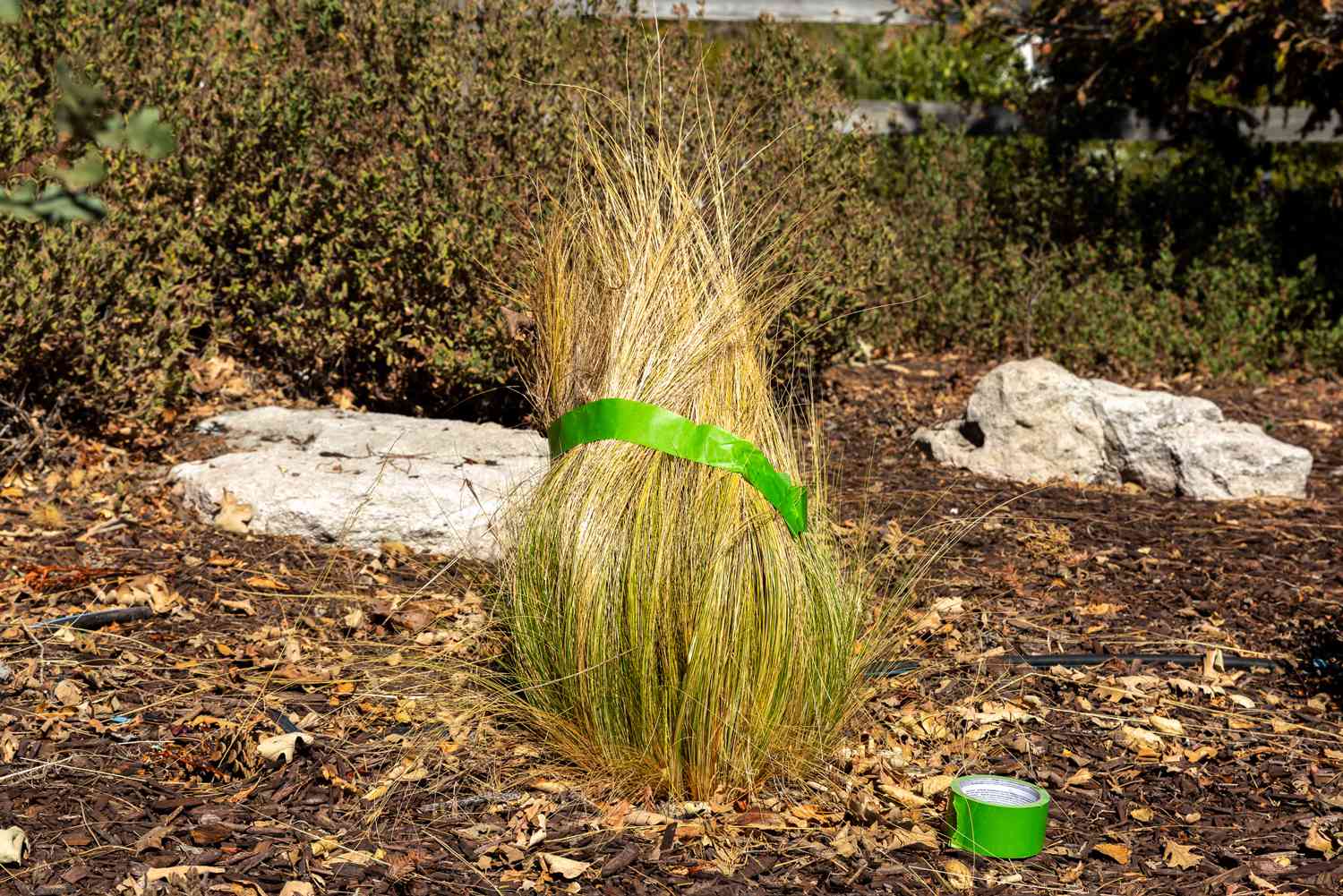
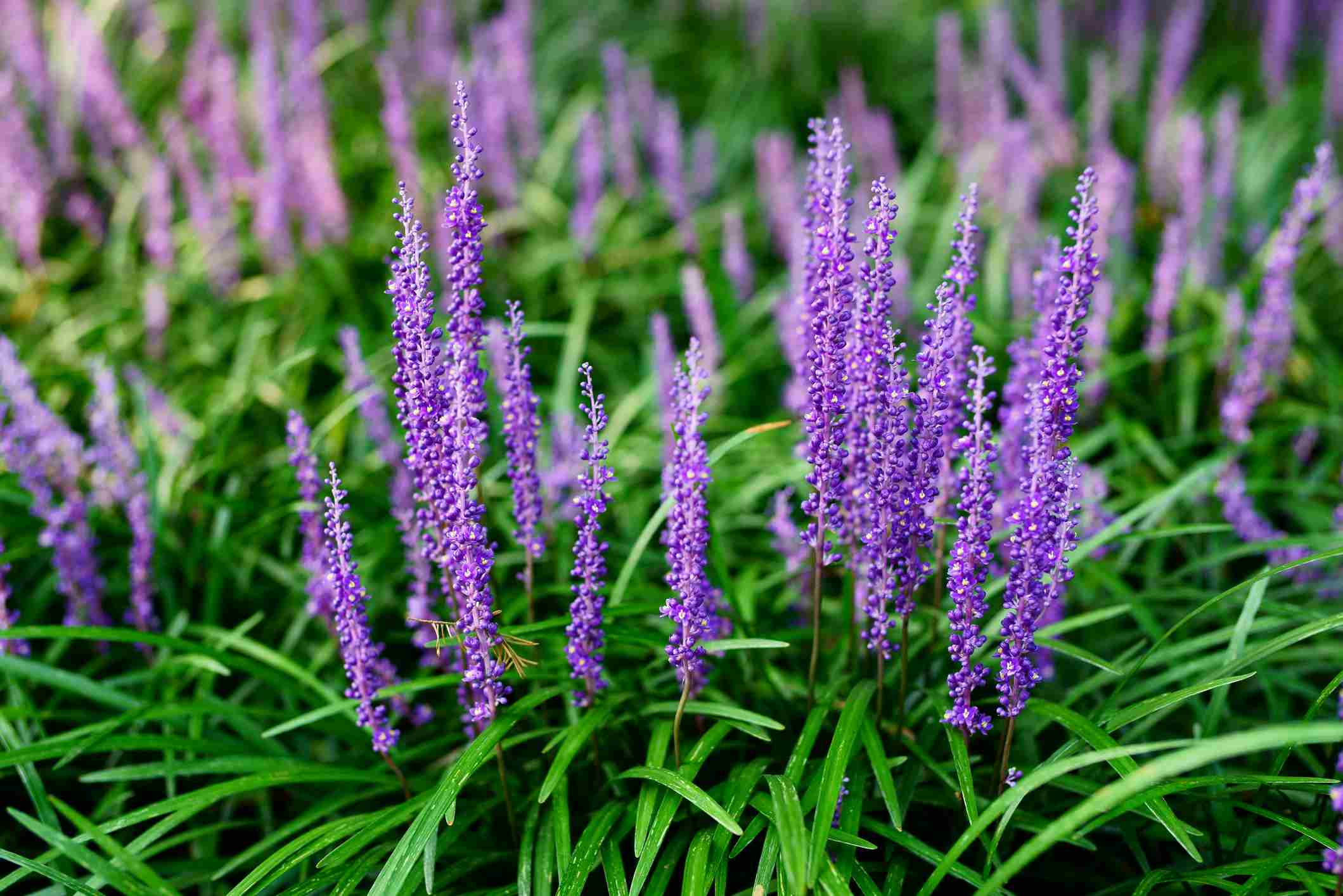

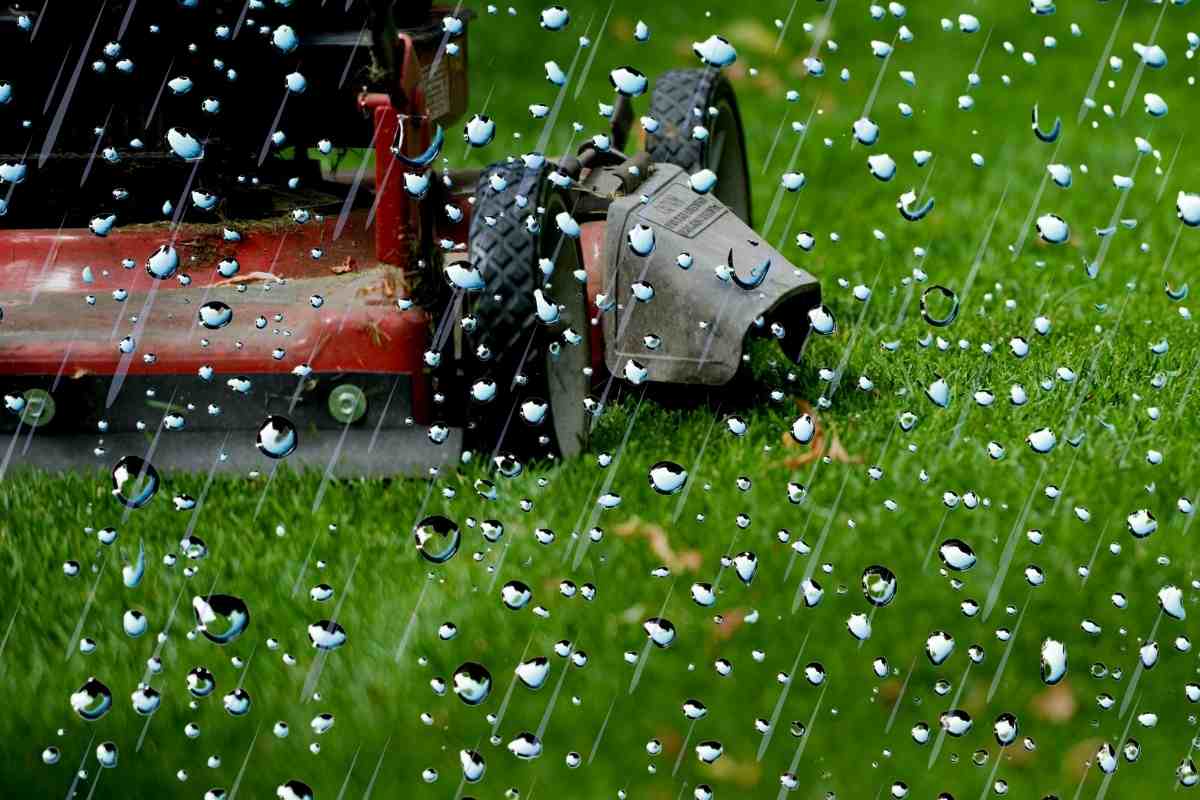
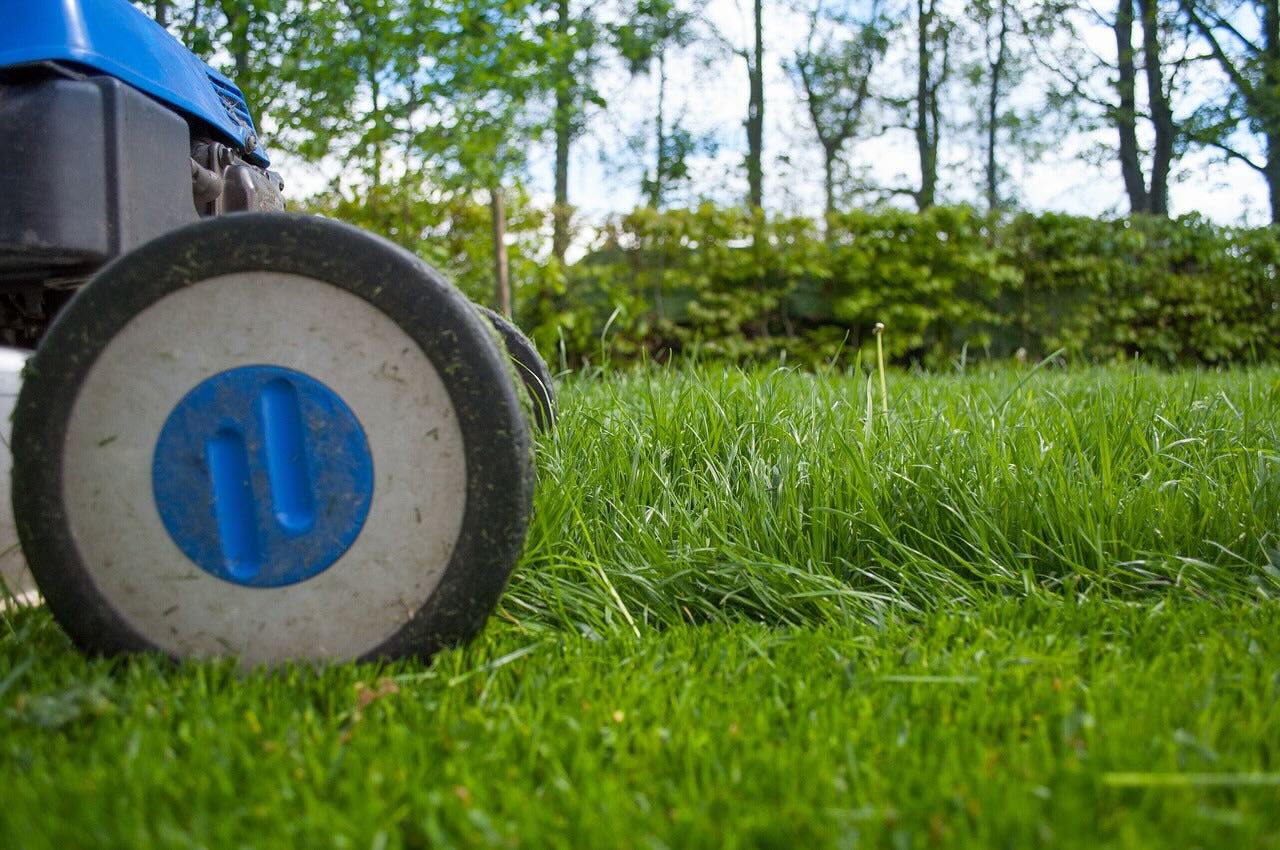
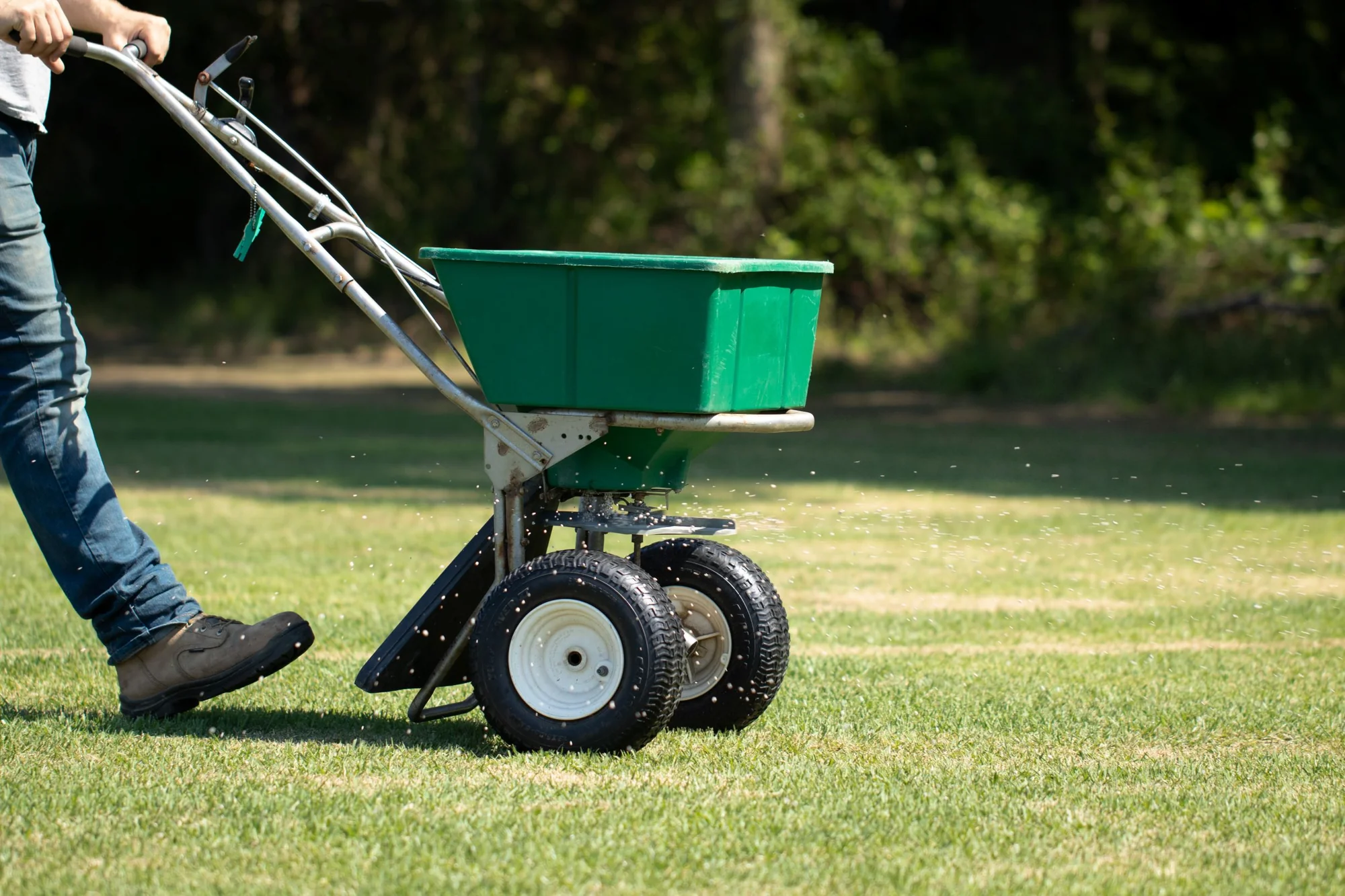
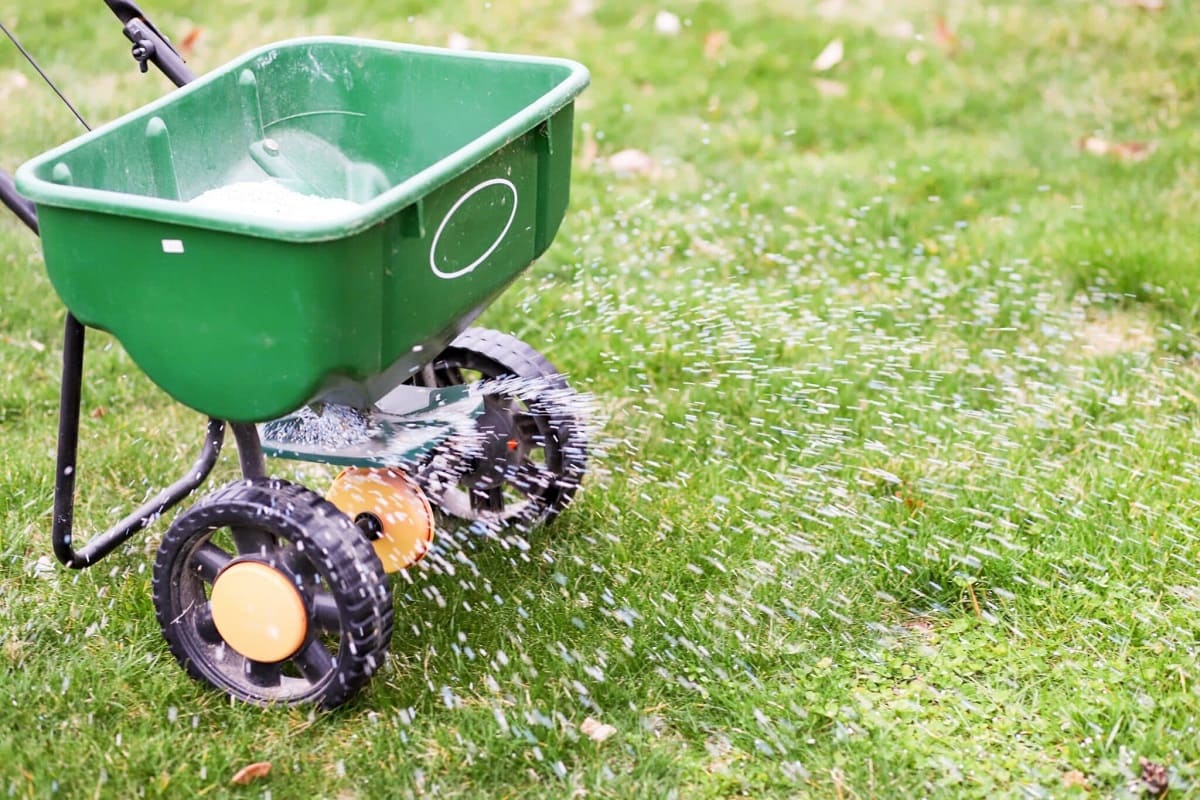
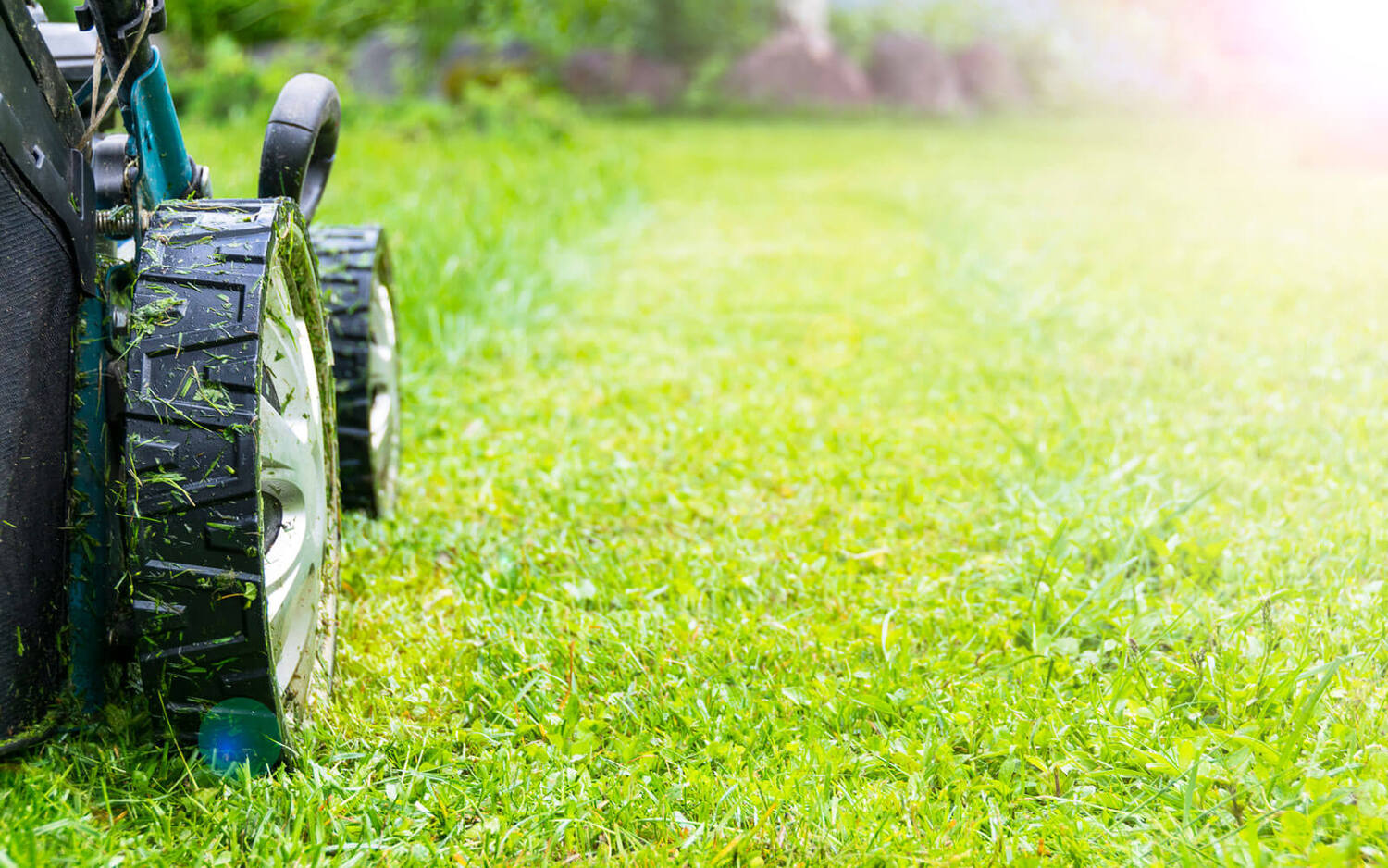

0 thoughts on “When To Cut Grass After Fertilizing”